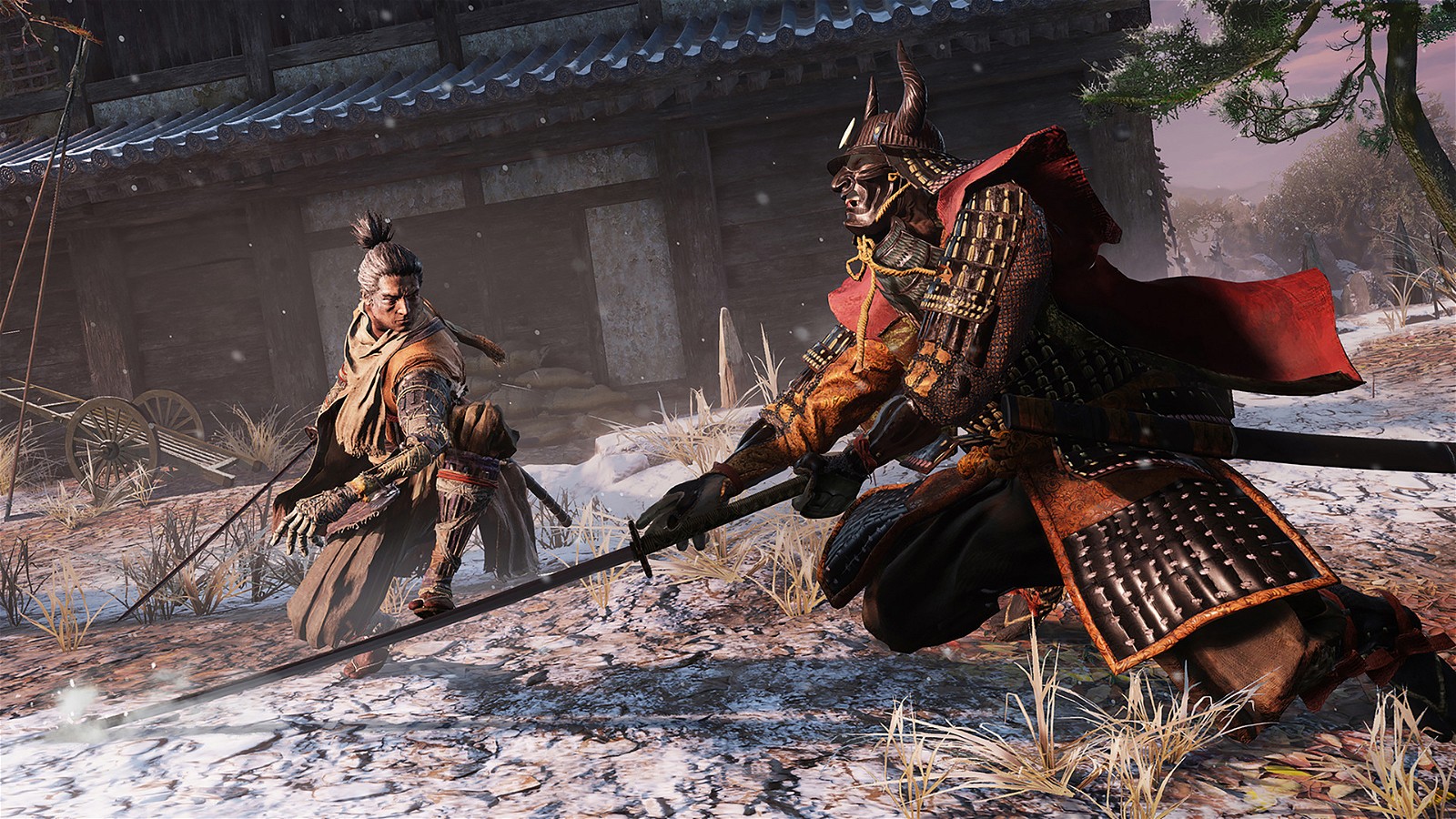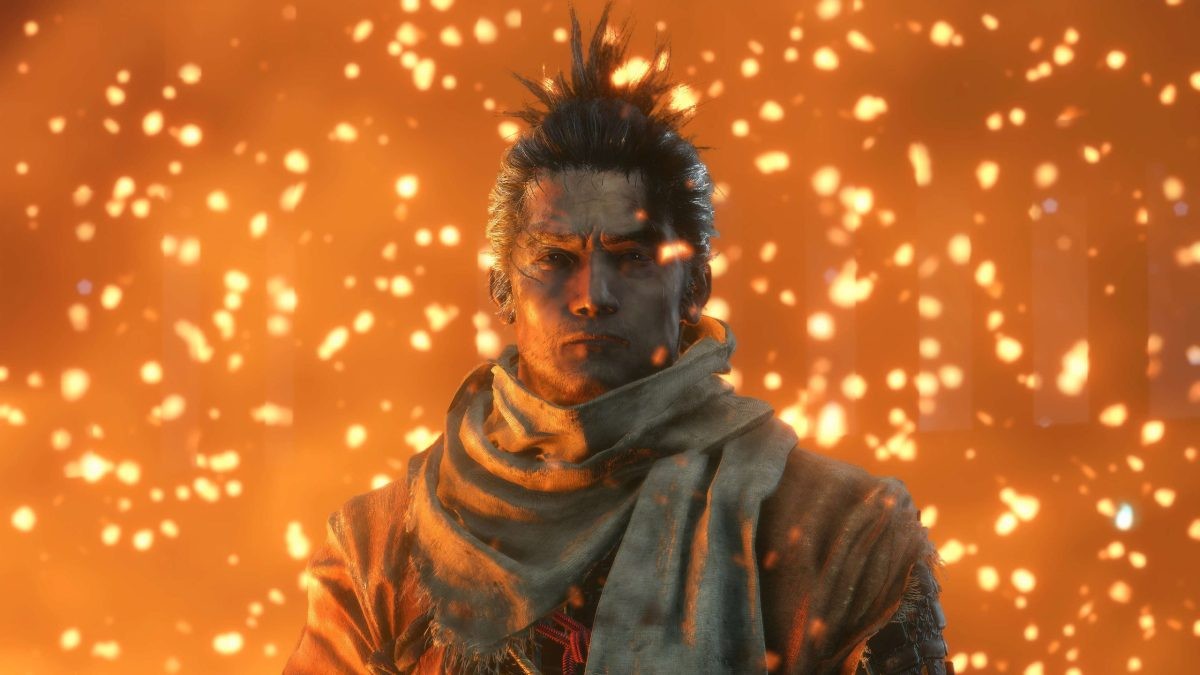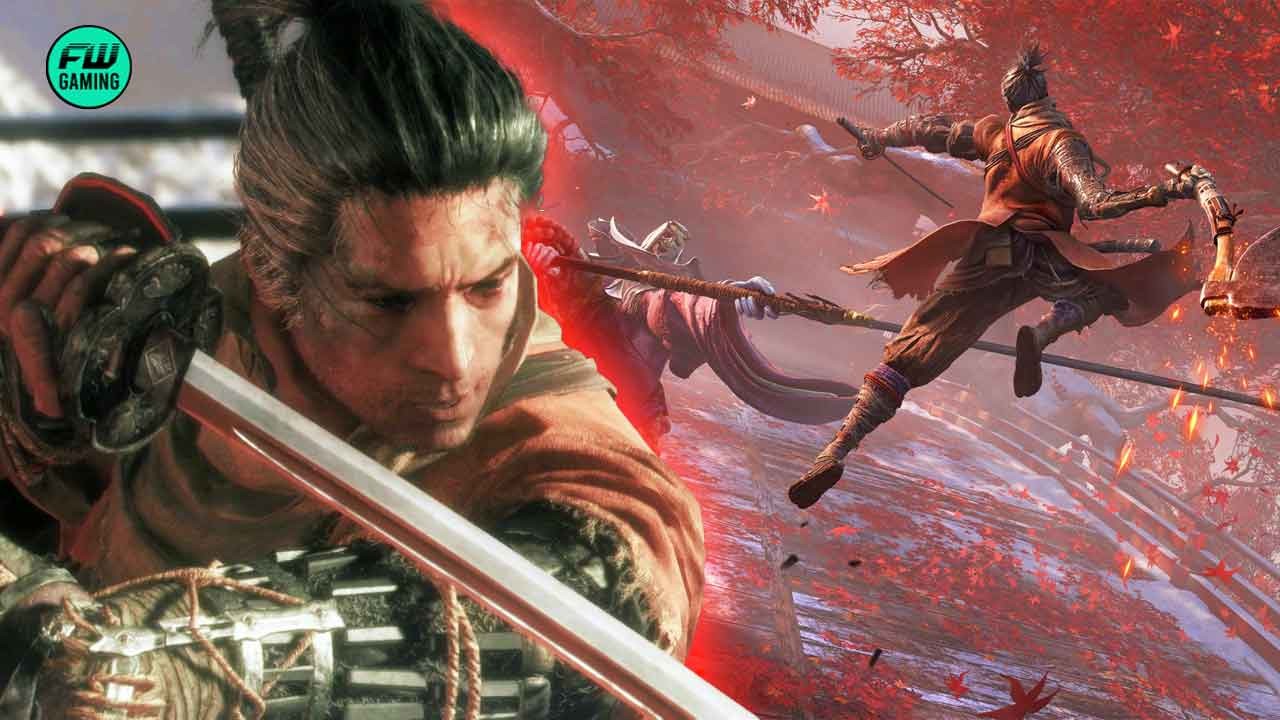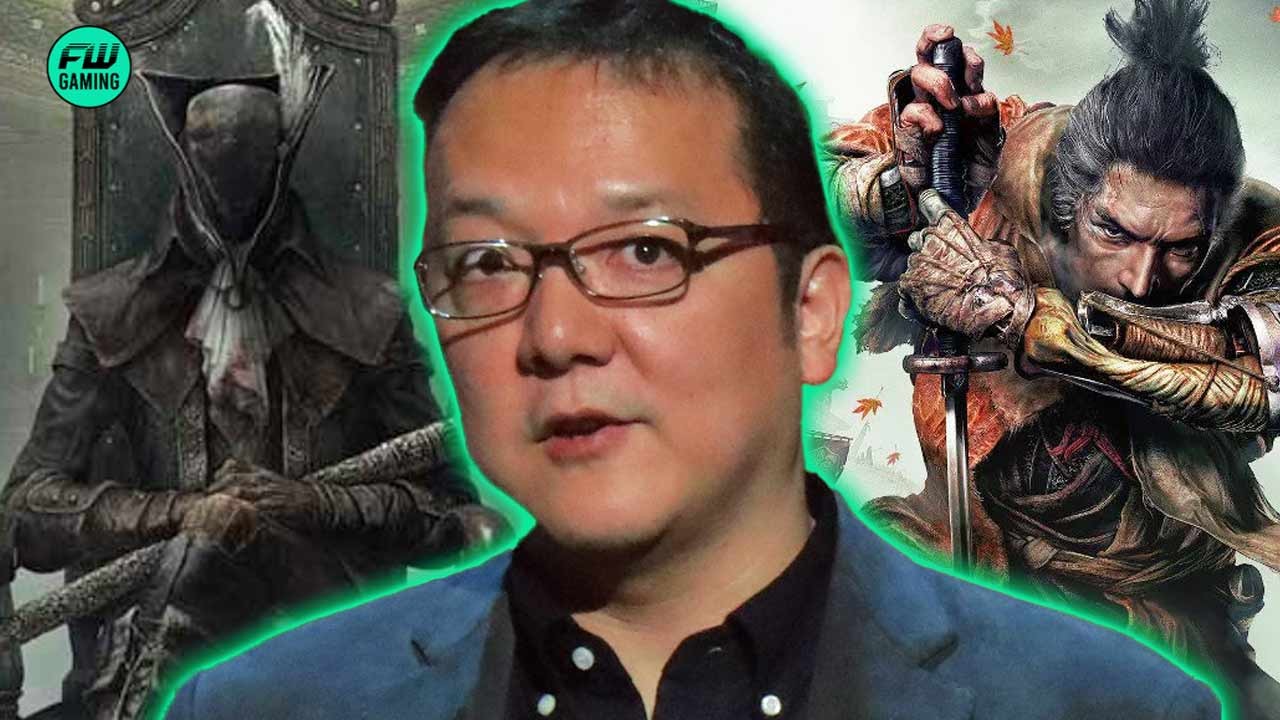Just like 2018’s Déraciné, Hidetaka Miyazaki’s 2019 game Sekiro: Shadows Die Twice was different from other games that Miyazaki worked on with FromSoftware. However, the game is often compared to Miyazaki’s Soulsike games. The game is set in the late 1500s Sengoku-era Japan and there was a specific reason why Miyazaki chose this setting.

In many ways, Sekiro is different from games like Elden Ring, Bloodborne, and Dark Souls. In fact, Miyazaki once pointed out this major difference between these games. Sekiro was praised for its gameplay and setting but its difficulty was quite similar to Miyazaki’s Soulslike games. In Sengoku-era Japan, a shinobi known as Wolf sets out on a journey to take revenge on a samurai clan that captured his lord.
Hidetaka Miyazaki explained why they chose Sengoku-era Japan for Sekiro: Shadows Die Twice

While talking to PlayStation Blog in 2018, Sekiro: Shadows Die Twice‘s director, Hidetaka Miyazaki, explained why they chose the late 1500s Sengoku-era Japan for the game’s setting,
“We ended landing on the Sengoku period [because it] was dirtier – it was grittier and bloodier. It had more of a feel of the type of world we’d want to create… The other reason we landed on this period is because [it still seems] ‘medieval,’ vs the Edo period, which feels more modern. In my mind, it felt more believable to see something mystical or having to do with the presence of gods in the Sengoku period.”
Miyazaki explained that they had to choose between the Edo period and the Sengoku period because people associated Ninjas with these periods. The Sengoku period had a more traditional atmosphere, something that worked well with the game’s storyline.
Hidetaka Miyazaki explained how Sekiro is different from his Soulslike games

Due to Sekiro‘s difficulty level, the game is often compared to Mizayaki’s other works like Elden Ring, Bloodborne, and Dark Souls However, unlike these games, Sekiro isn’t a Soulslike game. In an interview with EuroGamer, Miyazaki explained how the character-driven story helps the game stand out,
“With this ninja protagonist, he is the central character to the story, and that’s how Sekiro differs from previous From Software titles, in that we have that core character to focus on – It’s a character-driven story this time, but it’s not a story-driven game – The player isn’t going to be led down one linear path and have the story spoon-fed to them by many many cutscenes or anything like that.”
Sekiro: Shadows Die Twice was praised for stealth gameplay, combat, and setting. The game has won various Game of the Year awards, including the Game Award for Game of the Year. After just 10 days of its release, over two million units were sold and its success once again proved why Miyazaki is one of the best in the industry.


